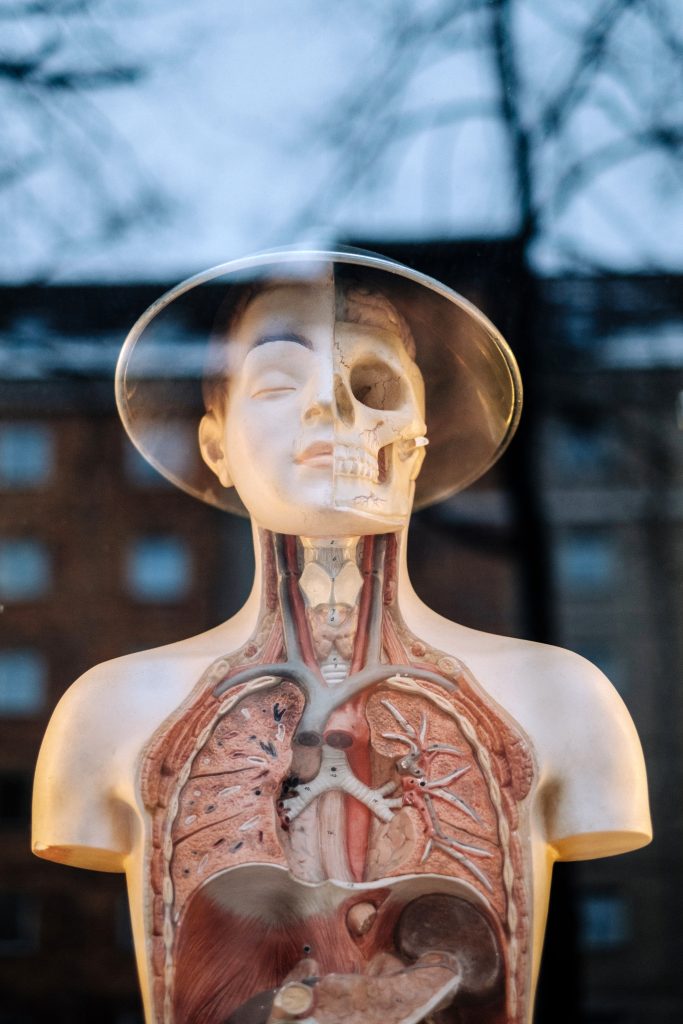
Lab-grown body parts aren’t just science fiction. Scientists all over the world are attempting to use stem cells to grow ears, livers, hearts, kidneys, blood vessels, skin and bladders in labs that are transplantable into real people. Though rare, some people are walking around with lab-grown bladders.
Around 80% of the world’s transplants come from the deceased while the other 20% is mainly made up of living donors and a small percentage attributed to a lab. Many people question whether the future could see people receiving transplants from a lab, or even a ‘farm’ of lab-grown human body parts, mass produced for transplants all over the world. These organs are greatly needed.
According to the United Network for Organ Sharing (UNOS), there are over 100,000 people waiting for a lifesaving organ transplant at any given time. There are clearly not enough organs in the world to go around as UNOS also estimate that an average of 20 people die each day waiting for a transplant. So, how soon can we expect organs to be available en masse?
The scientists that work on growing organs state that their main “goal is to increase the number of patients that benefit from this lab-grown technology”.
The initial issue with creating lab-grown body parts is that there are different levels of complexity when it comes to the structures created. For instance, tissues with flat structures like skin, is the first level of complexity while tubular structures like blood vessels are the second level of complexity. The most complex structures by far are solid structures like the heart and the lungs.
Stem cells are the key to creating lab-grown organs. Naturally, stem cells grow organs and organ tissue within the body. They can grow to be anything, as long as the cells can be coaxed into forming tissue on their own using certain cues.
Currently, 3D printers are used to create a biocompatible plastic scaffold in the shape of the structure. Stem cells are then placed onto it and subsequently it is placed into an incubator with the same conditions as a human body for it to grow. However, the nature of the heart and the lungs makes this process more difficult as the organs require the blood vessels and tissues within them to be connected.
While creating lab-grown body parts is not a myth, the idea that there will be ‘farms’ of organs is. The process of mass-producing these organs could take years, the challenges accompanying it are not currently solvable. •
